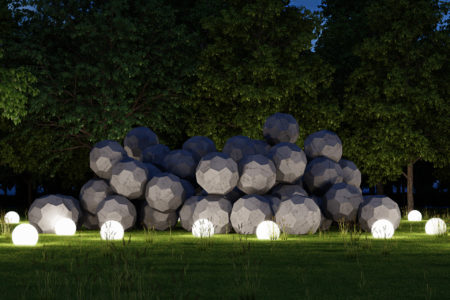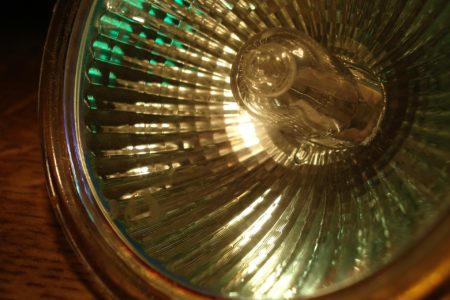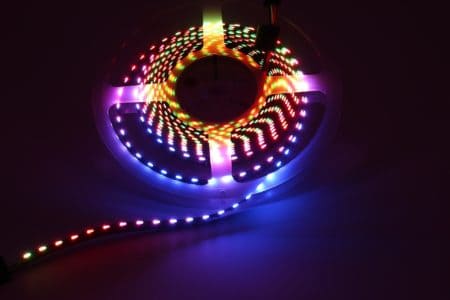With the many LED variants available today, it can be hard to pick which LED bulb is equivalent to your trusty old incandescent bulbs. So, what LED bulb is equivalent to a 100-watt incandescent bulb? Generally, to replace a 100W incandescent bulb, you need a 1600-lumen LED. There’s more to it than just that, though, so read on.
Wattage vs. Lumens: Understanding the Difference
Wattage measures the amount of energy a light bulb uses. The higher the wattage, the brighter the light and the more electricity it uses.
For many years, wattage was the main way of choosing light bulbs, with higher-wattage bulbs being assumed to be brighter.
However, with the rise of energy-efficient lighting options, there are better ways to measure the brightness of a bulb than wattage.
Lumens, on the other hand, are a measurement of the actual amount of light emitted by a bulb. It measures the total amount of light emitted in all directions by a source.
This means that the higher the lumens, the brighter the light produced by the bulb. Lumens are the new standard for measuring the brightness of bulbs because they provide a more accurate representation of a bulb’s actual brightness.
Wattage Conversion Chart
In the chart provided below, we’ve included some common conversions to help you choose the right bulb for your needs. Whether you’re looking for a dim, cozy glow or a bright, well-lit room, this chart will guide you on what bulb wattage to get.
Keep in mind that the actual lumens produced may vary depending on the type and brand of the bulb.
| Wattage | Lumens |
|---|---|
| 40 | 450 |
| 60 | 800 |
| 75 | 1100 |
| 100 | 1600 |
| 150 | 2600 |
| 200 | 3600 |
LED Bulbs vs. Incandescent Bulbs: Detailed Comparison
LED bulbs and incandescent bulbs are two of the most commonly used types of light bulbs, but they differ in many ways. Some of their differences include the following:
Energy Efficiency
LED bulbs are much more energy-efficient than incandescent bulbs. They use less electricity to produce the same amount of light.
Moreover, LED bulbs can have a lifespan of up to 25 times longer and consume up to 80% less energy than incandescent bulbs.
Cost
Though LED bulbs can be more expensive to purchase, they’re more cost-effective in the long run. This is because they use less electricity and last longer, so you won’t need to replace them as often.
Brightness
When it comes to brightness levels, LED bulbs offer a wider range. They’re also often brighter than incandescent bulbs.
This is because LED bulbs convert more of their energy into light, while incandescent bulbs produce more heat.
Durability
In terms of durability, LED bulbs are more durable as they’re made with solid-state components. These are less likely to break or shatter if dropped.
Environmental Impact
LED bulbs are more environmentally friendly as they produce fewer greenhouse gas emissions. They use less energy to manufacture too.
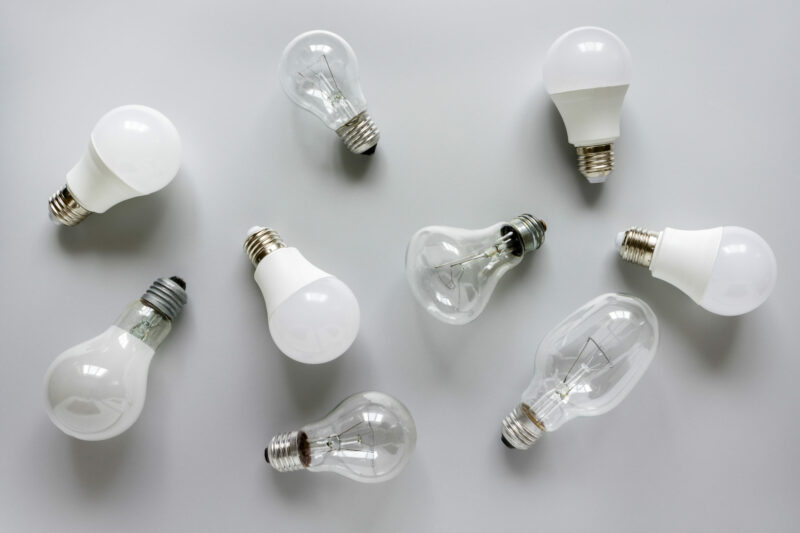
Benefits of Switching to LED Bulbs
Here are some of the perks to enjoy when you make the switch to LED bulbs:
Unlike traditional bulbs, LED bulbs use less energy. This can help lower your electricity bills. Additionally, LED bulbs have a longer lifespan than traditional ones, so you won’t need to replace them as frequently.
LED bulbs produce fewer greenhouse gas emissions than traditional bulbs, which can help reduce your carbon footprint.
Also, they don’t contain hazardous materials, making them safer and more environmentally friendly.
Unlike traditional bulbs, LED lights turn on instantly, requiring no warm-up time. They’re also available in a wide range of sizes and shapes.
Further, they can be used with dimmer switches, providing more control and variety. These features make LED bulbs a go-to option for various lighting needs.
LED bulbs emit less heat than traditional bulbs, making them a safer option for your home. They also don’t emit UV radiation, a safer option for people with sensitive skin or eyes.
5 Common Types of LED Bulbs
LED bulbs come in different shapes and sizes to suit various lighting needs. Some of the most common types of LED bulbs include:
- A-shaped LED Bulbs: The most common type of LED bulb, designed to replace traditional incandescent bulbs in standard light fixtures.
- Globe LED Bulbs: Spherical LED bulbs used for ambient lighting in decorative fixtures such as chandeliers and pendant lights.
- Reflector LED Bulbs: These are LED bulbs designed to provide directional lighting, suitable for recessed lighting fixtures, track lighting, and spotlights.
- Tube LED Bulbs: These are designed to replace traditional fluorescent tubes, suitable for commercial and industrial lighting applications.
- PAR LED Bulbs: Such bulbs are used for outdoor lighting applications such as landscape lighting and floodlights, designed to provide directional lighting.
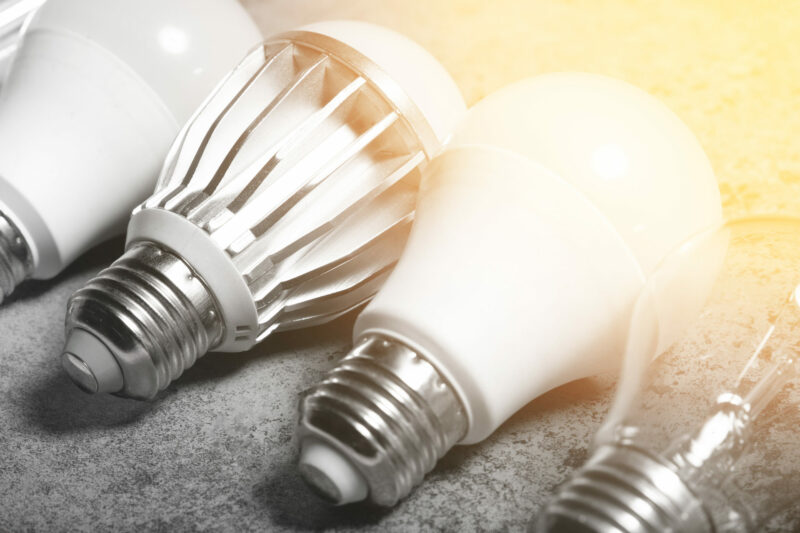
Choosing an LED Light Bulb
If you’re looking to switch to LED light bulbs but don’t know where to start, this instruction guide will provide you with the key steps to choose the right LED light bulb for your needs.
Step 1: Determine the Right Light Output
Consider the brightness of the LED bulb, measured in lumens. A 100-watt incandescent bulb is equivalent to an LED bulb that produces around 1,600 lumens.
Step 2: Select the Right Color Temperature
The color temperature of an LED bulb determines the hue of the light it produces. Choose from warm light, cool white light, or daylight white.
Step 3: Check the Base Type
Ensure the LED bulb’s base type matches the fixture, with the most common being the E26 that fits most standard fixtures.
Step 4: Determine the Dimming Capability
If you’re planning to install dimmer switches, choose an LED bulb that is compatible with them. Not all LED bulbs are dimmable, and not all dimmer switches are compatible with LED bulbs.
Step 5: Consider the Energy Efficiency
Keep an eye out for the Energy Star label on the packaging as it signifies that the bulb adheres to the U.S. Environmental Protection Agency’s strict energy efficiency standards.
Step 6: Choose the Right Shape
When selecting LED bulbs, consider their shape as it influences the direction of light. Choose the most suitable shape based on your intended use.

